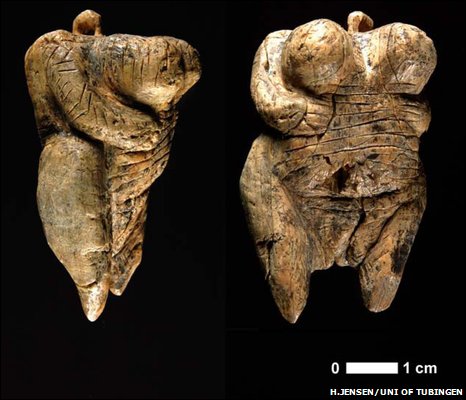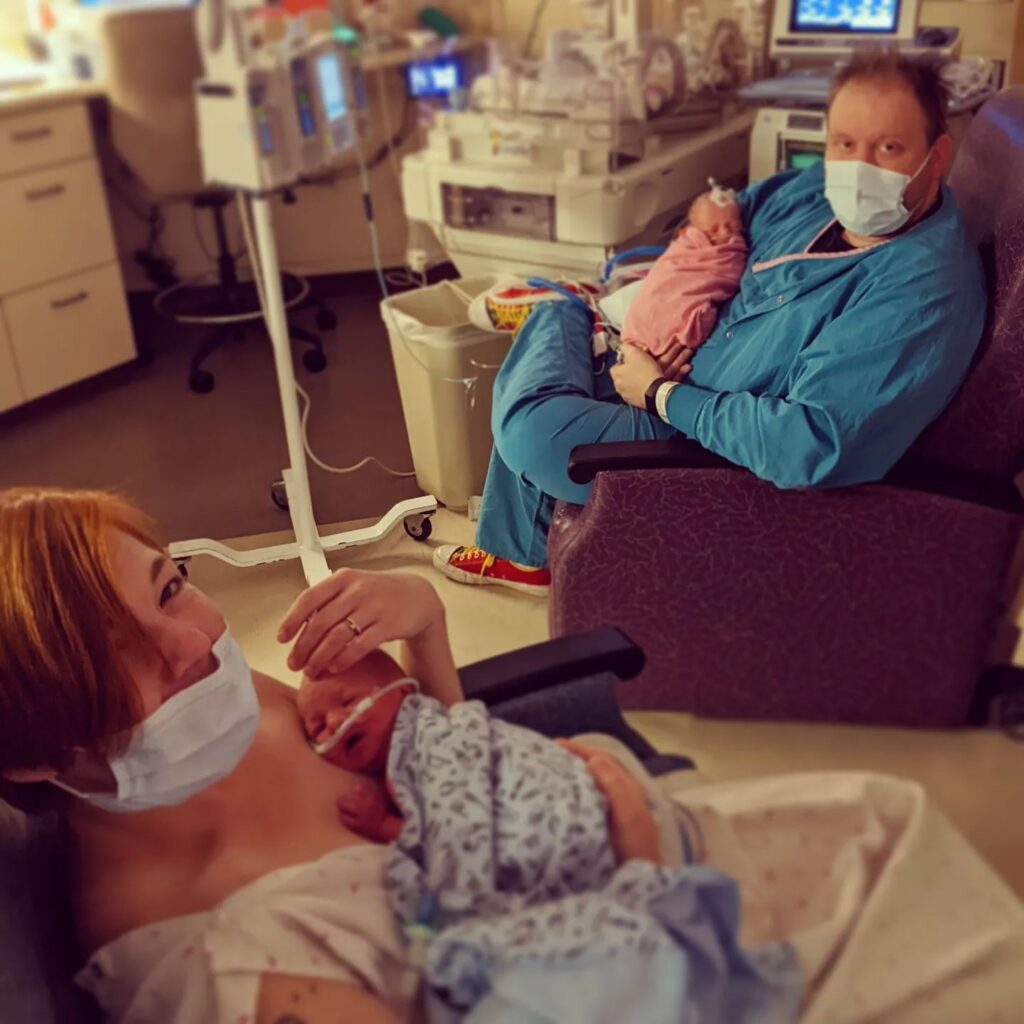Mother’s Day is Sunday, May 14, the day when we celebrate our mothers, grandmothers, wives and daughters with brunches or breakfasts, flowers or just a phone call for those of us who live too far away to travel. The day also offers those who have lost their mother a chance to reflect on her influence on their lives.

Image courtesy of the University of Tubigen and the BBC
A mother goddess is a key figure in many ancient religions, including the Egyptian Isis, Sumerian Ninsun, Hindu Durga, Norse Frigga, Aztec Coatlicue and Celtic Danu.
At many Paleolithic sites, archaeologists have found “Venus” figurines widely considered to be the first human figures we revered in art. The oldest found so far is the 40,000-year-old Venus of Hohle Fels.
I can understand the reverence early humans felt for the state of motherhood, from feeling the first kick, to seeing the growing belly, to watching three unborn children roll and stretch beneath the skin of my wife’s abdomen. From this moment of biological magic, a person emerges and grows into one of us.
She, like most of the others sculptures, depicts a pregnant woman with an exaggerated abdomen, hips, breasts and thighs. More than a hundred such artifacts have been found, dating back tens of thousands of years.

Despite all our advances of science, technology and civilization, I can appreciate what our ancestors found awe in 40,000 years ago — an unchanged, complex process that is still just as wondrously beautiful.
Last year, my wife and I weren’t really able to celebrate Mother’s Day properly. Our twins had been born via emergency C-section in late March and spent a month in the Neonatal Intensive Care Unit at Flagstaff Medical Center.
We had only just got them home at the beginning of May and they were still hooked up to breathing machines and heart monitors when Mother’s Day rolled around. We enjoyed the day with our eldest daughter Athena, but we weren’t really able to have a proper Mother’s Day together.

A year later, Artemis and Odysseus are high-speed crawling machines curious about everything within reach, especially any part of my face they can grab. We four will be taking their mother out to enjoy being a family and to appreciate the woman who made us so.
My wife is a saint who raises our children while I’m here writing words for you. She puts up with all my poetry friends and our post-poetry slam afterparties and even let me give our children long, ridiculous 17-syllable names. Like most fathers, I am treated better by my children’s mother than I deserve.
All three of my kids, including the pair who have yet to speak in consonants, know this. Their days bleed into the next. They see me in the evenings when we play before they sleep and on the weekends when we go about Sedona and the Verde Valley showing them our surroundings, but every day they spend most of their time with the soft, pretty one who sings, gives them baths, feeds them milk and a wild mixture of new things.
She is their best friend, though they have no word for it. They don’t need one, because she simply is it, tangible in the flesh.
Most of us have similar feelings for our own mothers. I certainly do for my other mother who enjoys helping her six grandchildren explore their new world.
You can eat and breathe, stare at the stars, feel the skin of oranges, potatoes or a lover, imagine certain clouds are shaped like animals, or smell pine and juniper on a trail because a mother held you inside her belly for three-quarters of an orbit around our sun. Whether your mother is still here or not, take time this weekend to thank her for giving you that profound gift of life.
If we had no cities, no accessories and no utilities and were only a small tribe of our closest kith and kin, we might show that reverence by carving from stone a reminder of that woman.
Or, in our modern world, I can pen an editorial reminding us to thank our own mothers, grandmothers and female role models. We sincerely hope you enjoy this Mother’s Day and honor the women who have shaped our lives.
Christopher Fox Graham
Managing Editor




